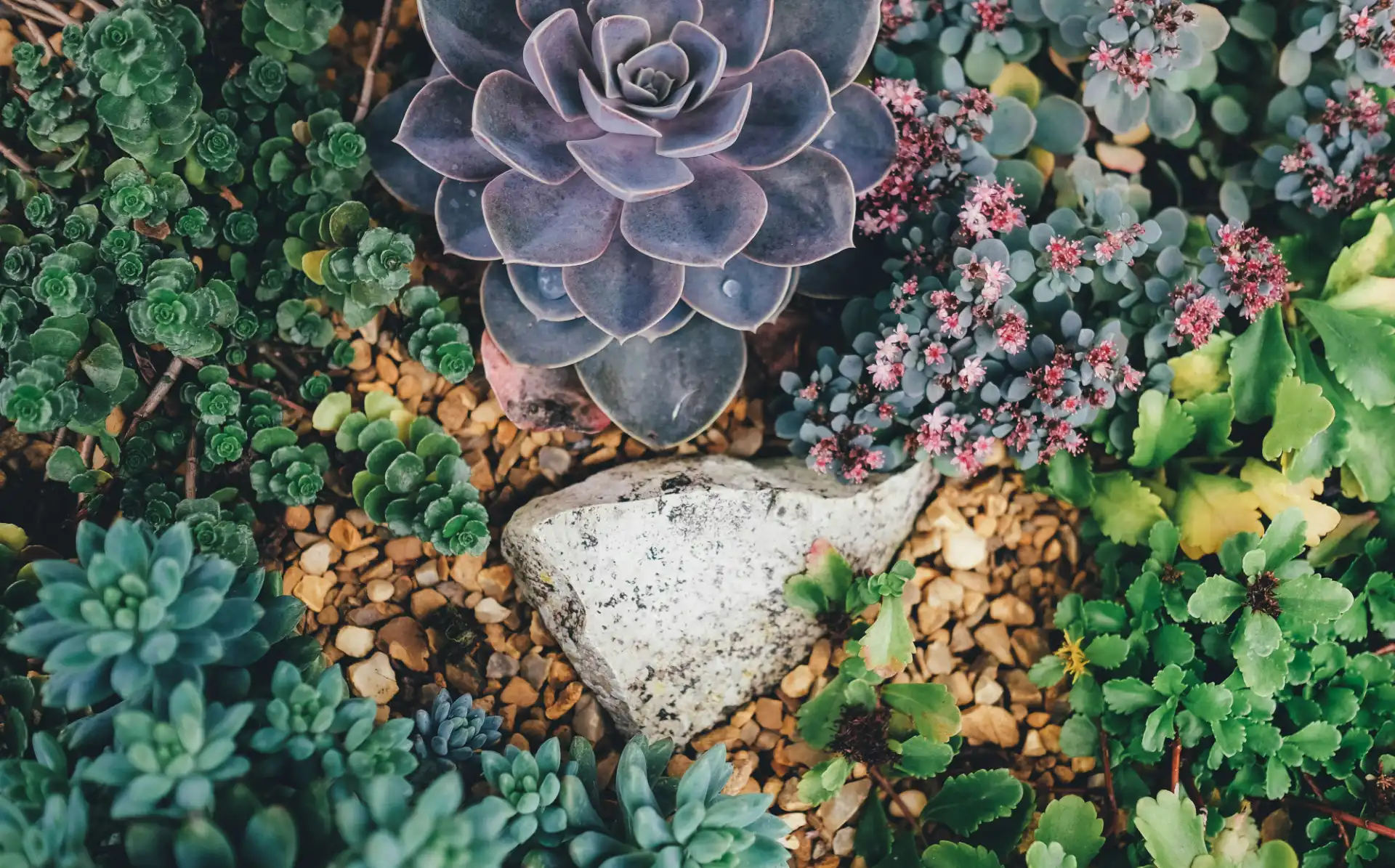Conserve Water With These Drought-Resistant Plants
Hello, fellow homeowners! Are you looking for ways to conserve water and maintain a beautiful outdoor space at the same time? Selecting fire-resistant native plants that are drought-resistant and well-adapted to the Okanagan’s climate is a smart approach for xeriscaping. Not only will they help you save on water usage, but they will also add a touch of natural beauty to your property. Let’s explore some of the best options for your garden and see how you can create a sustainable and stunning landscape.
Succulents
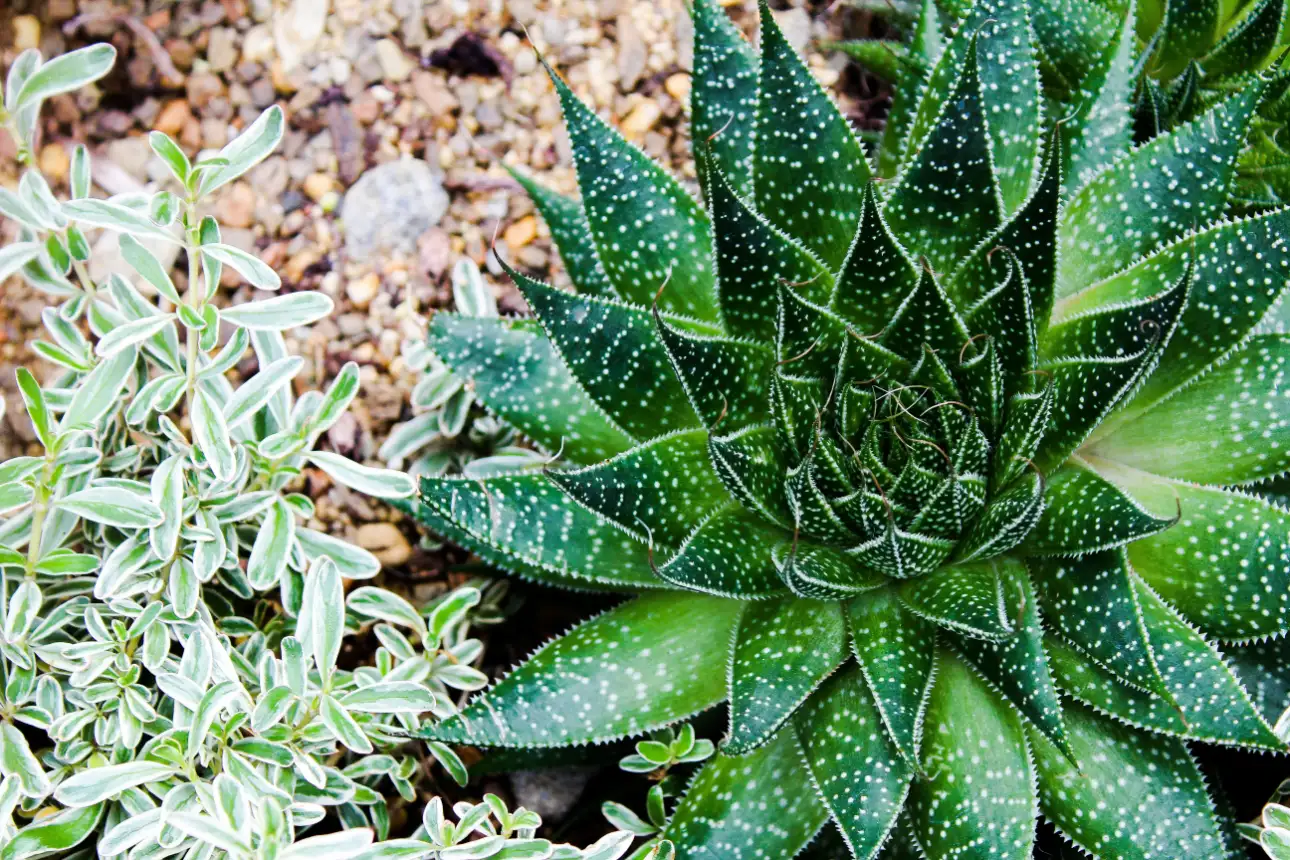
Looking to add some low-maintenance greenery to your outdoor space? Consider incorporating succulents into your landscape design! At Greenpath Landscaping, we specialize in selecting and planting drought-resistant plants like succulents that not only add beauty to your property but also promote water conservation. With our expertise in xeriscaping techniques, we can help you create a stunning outdoor oasis that thrives in the dry Okanagan climate. Trust our friendly team of experts to carefully select and arrange succulents that will enhance the aesthetic appeal of your landscape while requiring minimal upkeep.
Lavender
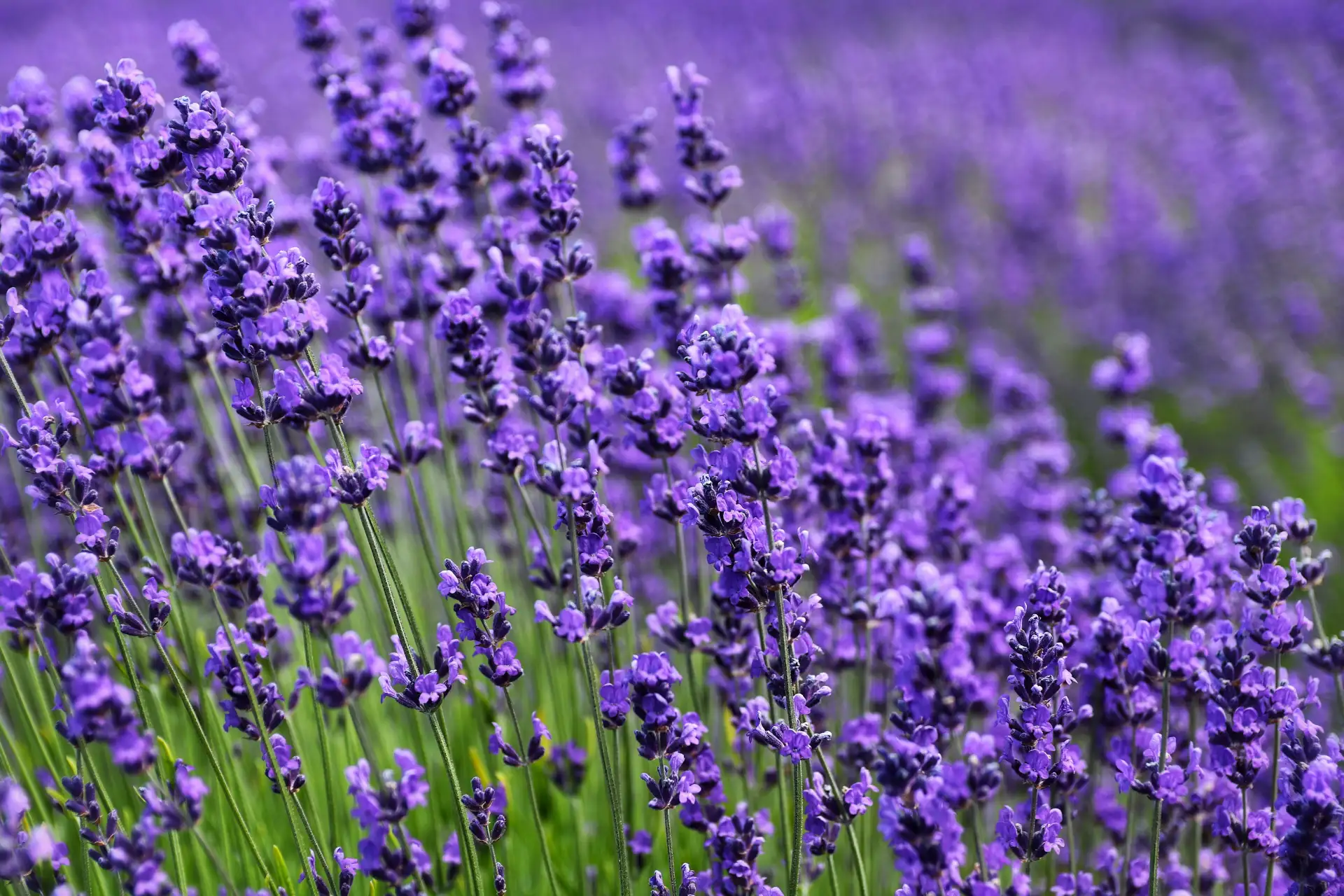
Planting lavender in the Okanagan region is a great choice for a xeriscaping project in your garden because it is well-suited to the hot, dry climate of the area. Lavender is drought-tolerant and requires little water once established, making it a low-maintenance plant that can thrive in the arid conditions of the Okanagan. In addition to being easy to care for, lavender also boasts beautiful purple blooms that attract pollinators such as bees and butterflies. Its aromatic foliage adds a pleasant fragrance to your garden and can be used in a variety of ways, from making sachets to flavoring culinary dishes. Plus, lavender is known for its calming properties, making it a lovely addition to any outdoor space where you can relax and unwind.
Echinacea
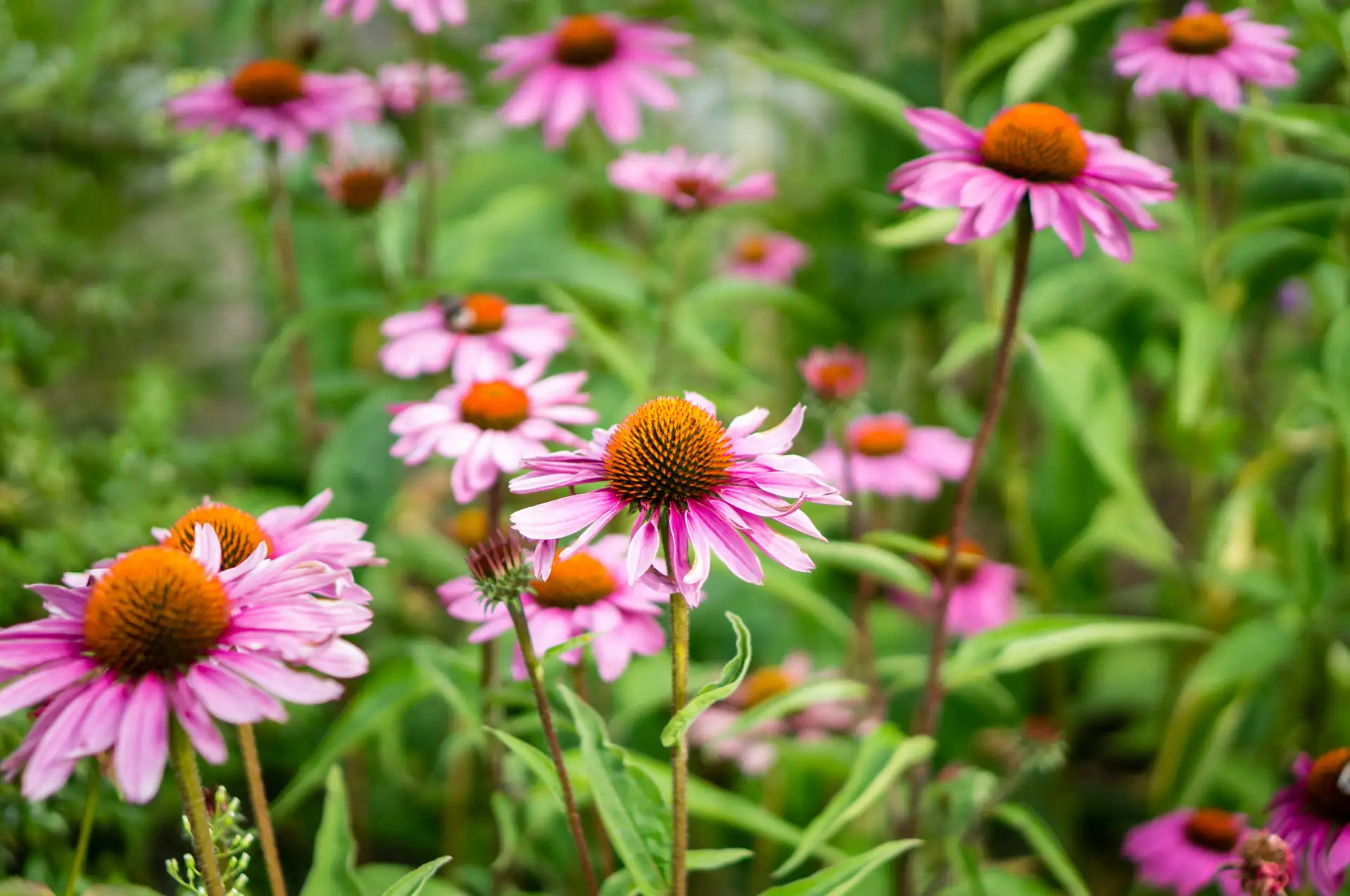
Planting echinacea in your garden has a multitude of benefits. Not only does this beautiful flowering plant attract pollinators like bees and butterflies, but it also has medicinal properties that can boost your immune system and help fight off colds and infections. Echinacea is easy to grow, drought-tolerant, and low maintenance, making it a great addition to any garden. Additionally, its vibrant blooms add colour and visual interest to your outdoor space, creating a welcoming and uplifting environment.
Sage / Sagebrush (Artemisia tridentata)
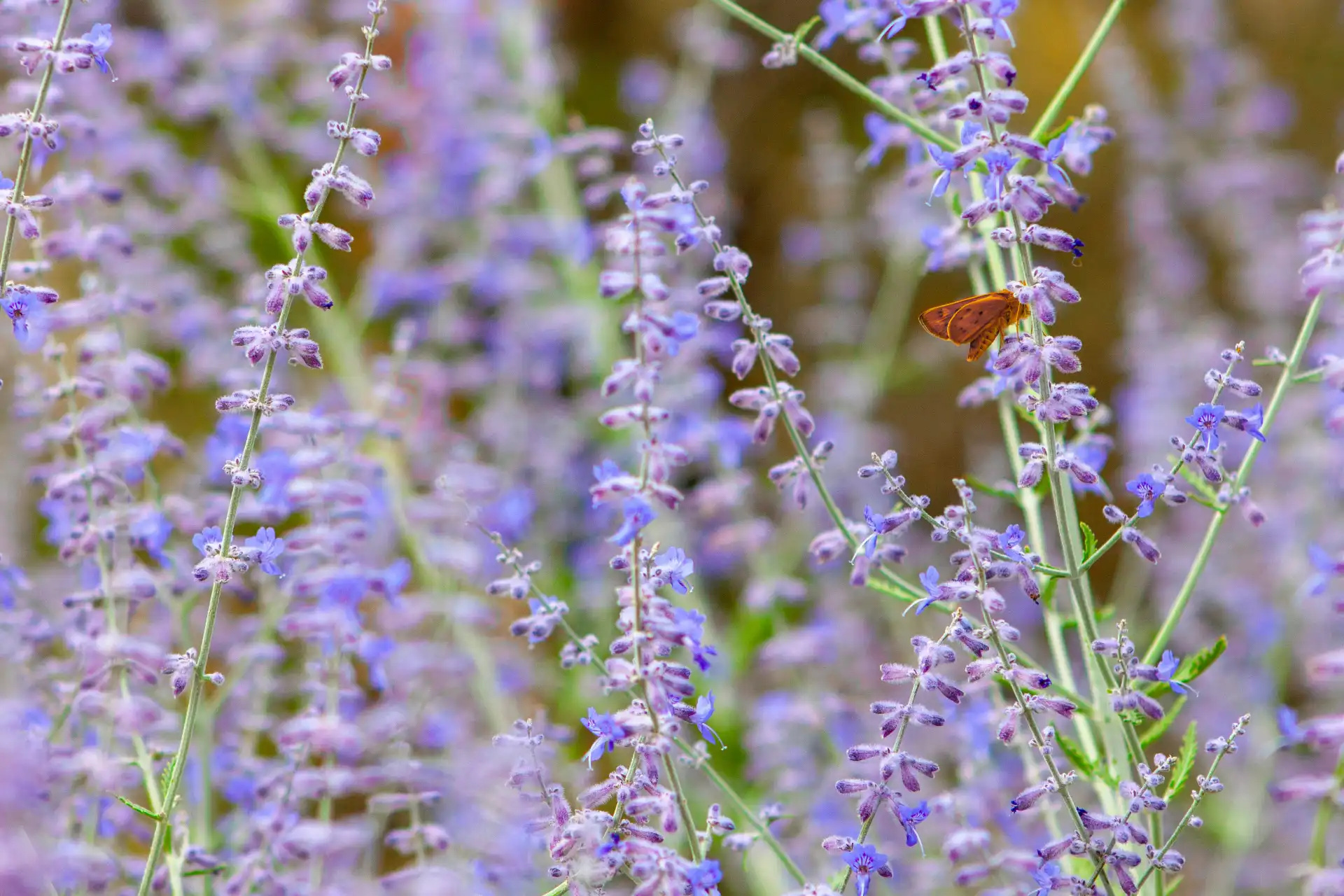
Sagebrush is a drought-tolerant native plant that is well-suited to the arid conditions of the Okanagan. It has aromatic gray-green foliage and provides good ground cover. Planting sage or sagebrush in your garden has several benefits. Not only do they add a beautiful, aromatic element to your outdoor space, but they also attract pollinators such as bees and butterflies. Sage is known for its medicinal properties and can be used in cooking, teas, and natural remedies. Additionally, both sage and sagebrush are drought-tolerant plants that can thrive in dry climates, making them a low-maintenance and environmentally-friendly choice for your landscaping.
Catmint
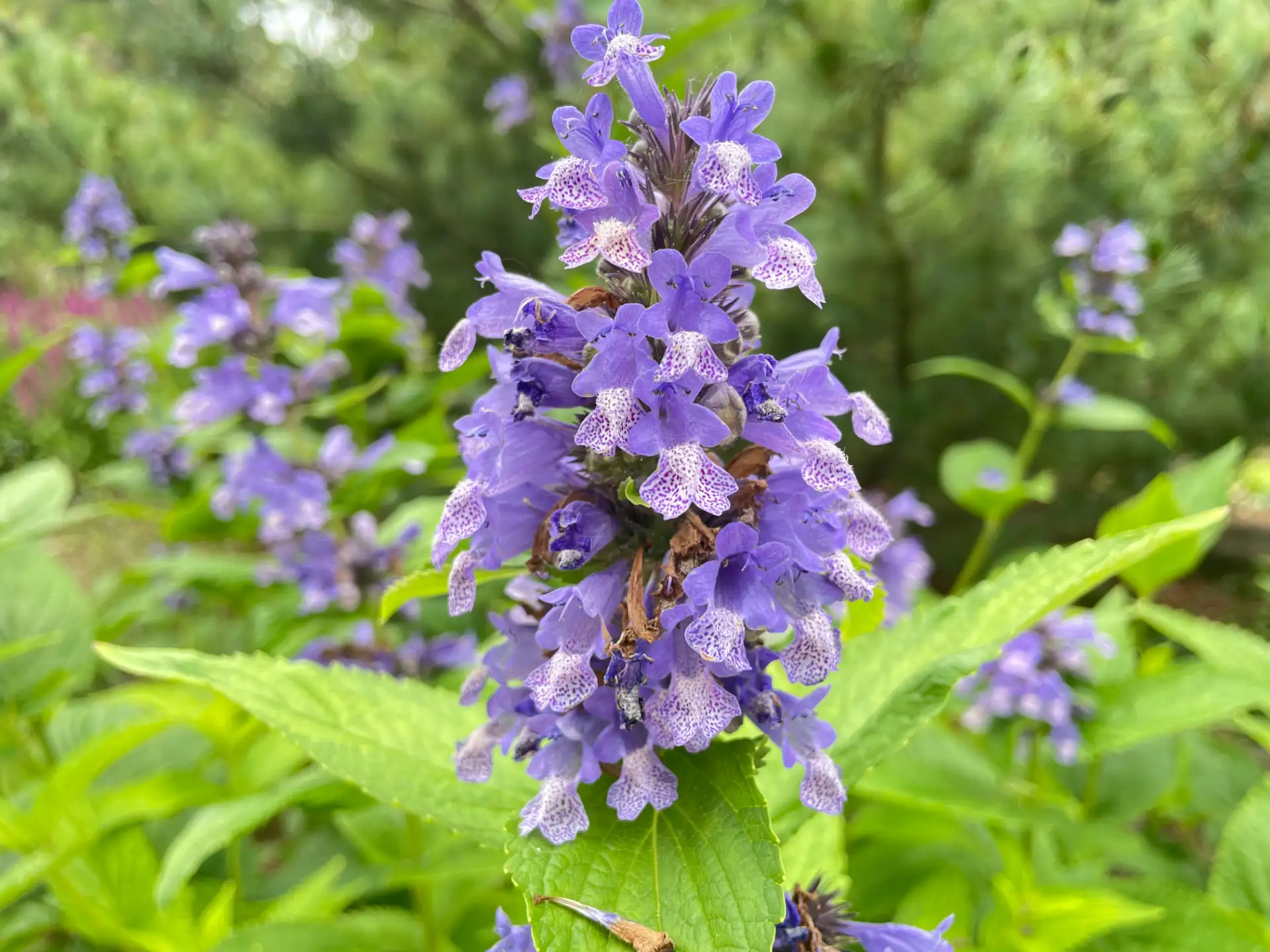
Catmint, also known as Nepeta cataria, is a herbaceous perennial plant that is part of the mint family. It is native to Europe and Asia but is now widely cultivated around the world for its medicinal and ornamental properties.
Catmint is known for its aromatic leaves and small, tubular flowers that are typically a lavender-blue color. The plant grows well in full sun and well-drained soil, and is relatively easy to care for in a garden setting.
In terms of its properties and benefits, catmint has a long history of use in traditional medicine for a variety of purposes. Some of the key benefits of catmint include:
- Relaxation and stress relief: Catmint is known for its calming properties and is often used to help relieve anxiety and promote relaxation. It can be brewed as a tea or used in aromatherapy to help reduce stress and promote a sense of calm.
- Digestive aid: Catmint has been used as a digestive aid for centuries, helping to soothe upset stomachs, reduce bloating, and relieve gas. It can be brewed into a tea or taken as a tincture to help with digestive issues.
- Respiratory support: Catmint has expectorant properties that can help to loosen mucus and phlegm in the respiratory tract, making it useful for treating coughs, colds, and other respiratory conditions.
- Pain relief: Catmint has mild analgesic properties that can help to reduce pain and inflammation. It can be used topically as a poultice or salve to help relieve muscle aches and pains.
- Insect repellent: Catmint contains compounds that are natural insect repellents, making it a useful addition to gardens to help keep pests away. It can also be used to make a natural insect repellent spray for use on the body.
Overall, catmint is a versatile and beneficial herb that can be used for a variety of purposes. Whether brewed as a tea, used in aromatherapy, or applied topically, catmint can be a valuable addition to your herbal medicine cabinet. and why it is beneficial to a drought-tolerant garden in the dry climate of the Okanagan Valley.
Ornamental Grasses
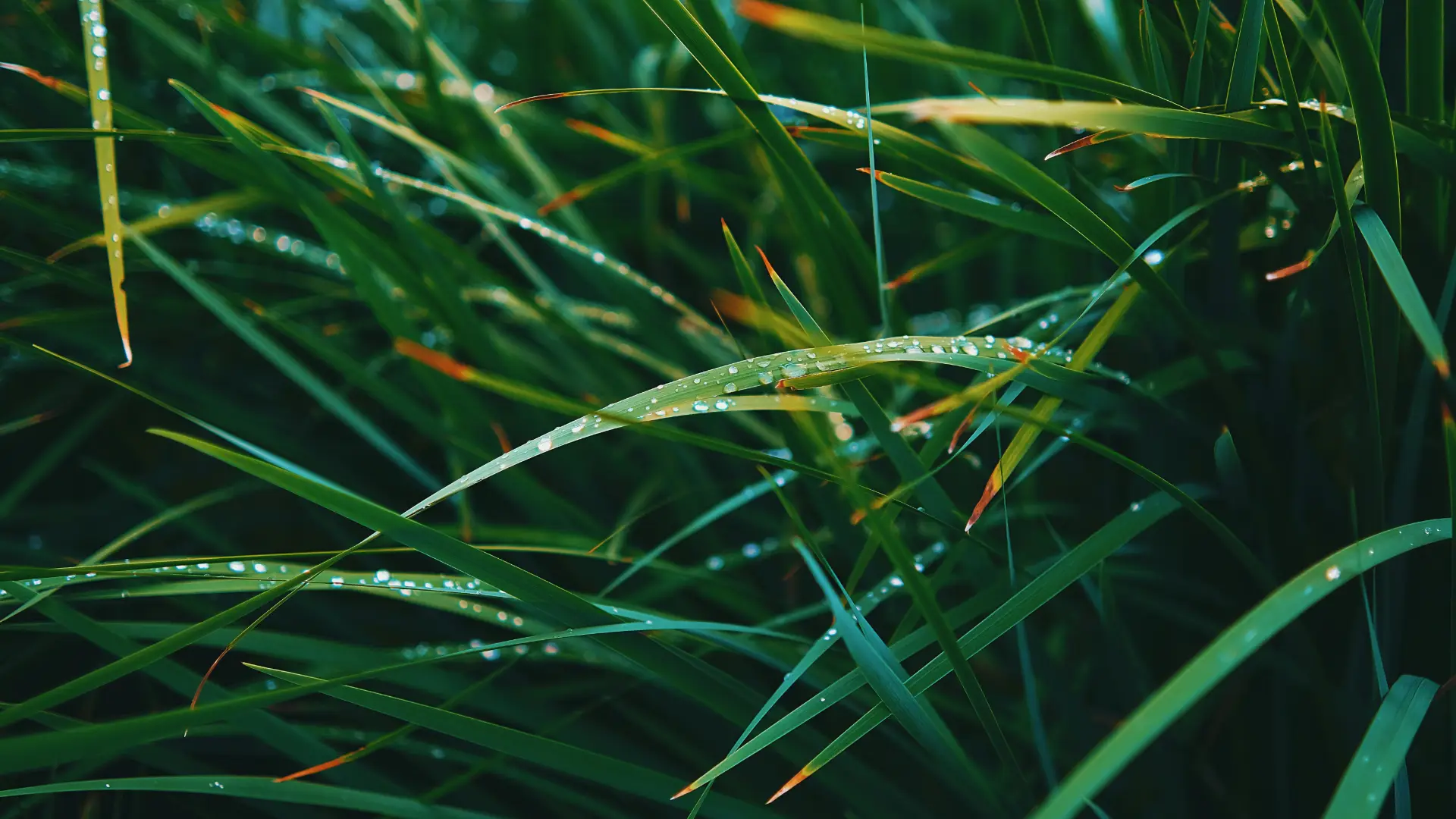
Ornamental grasses are a diverse group of plants that add beauty, texture, and movement to a garden. They come in a variety of heights, colors, and textures, making them a versatile choice for landscaping. Ornamental grasses are low-maintenance plants that require minimal watering and upkeep, making them well-suited for xeriscaped gardens.
In a xeriscaped garden, where water conservation is key, ornamental grasses are an excellent choice because they are drought-tolerant and can thrive in hot, dry conditions. Their deep root systems help prevent soil erosion and retain moisture in the soil, reducing the need for frequent watering. Additionally, ornamental grasses can provide habitat and food for beneficial insects and wildlife, further enhancing the biodiversity of a xeriscaped garden.
Kinnikinnick (Arctostaphylos uva-ursi)
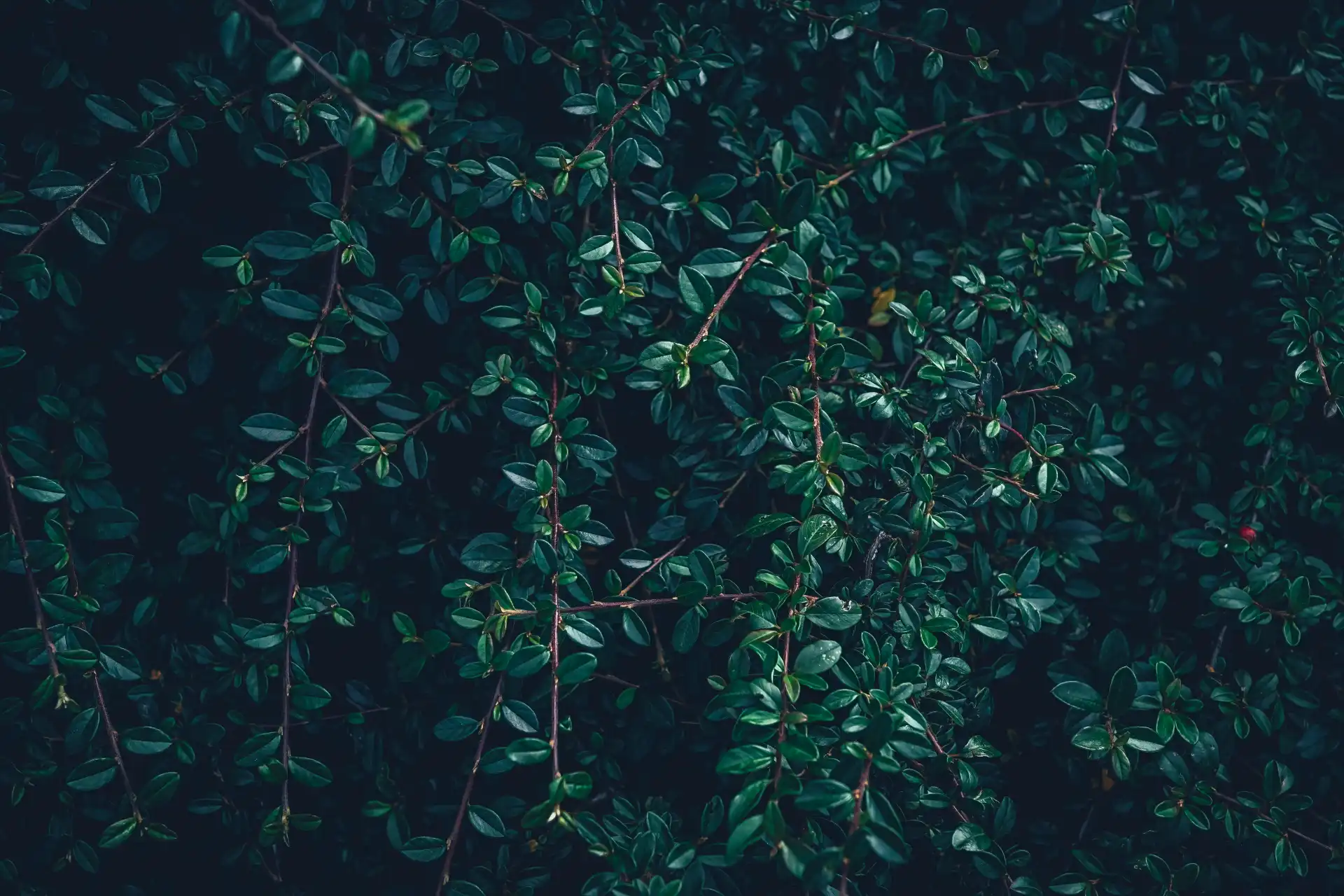
Also known as Bearberry, Kinnikinnick is a low-growing evergreen shrub with small, leathery leaves. It forms a dense ground cover and requires minimal water.
Serviceberry (Amelanchier alnifolia)
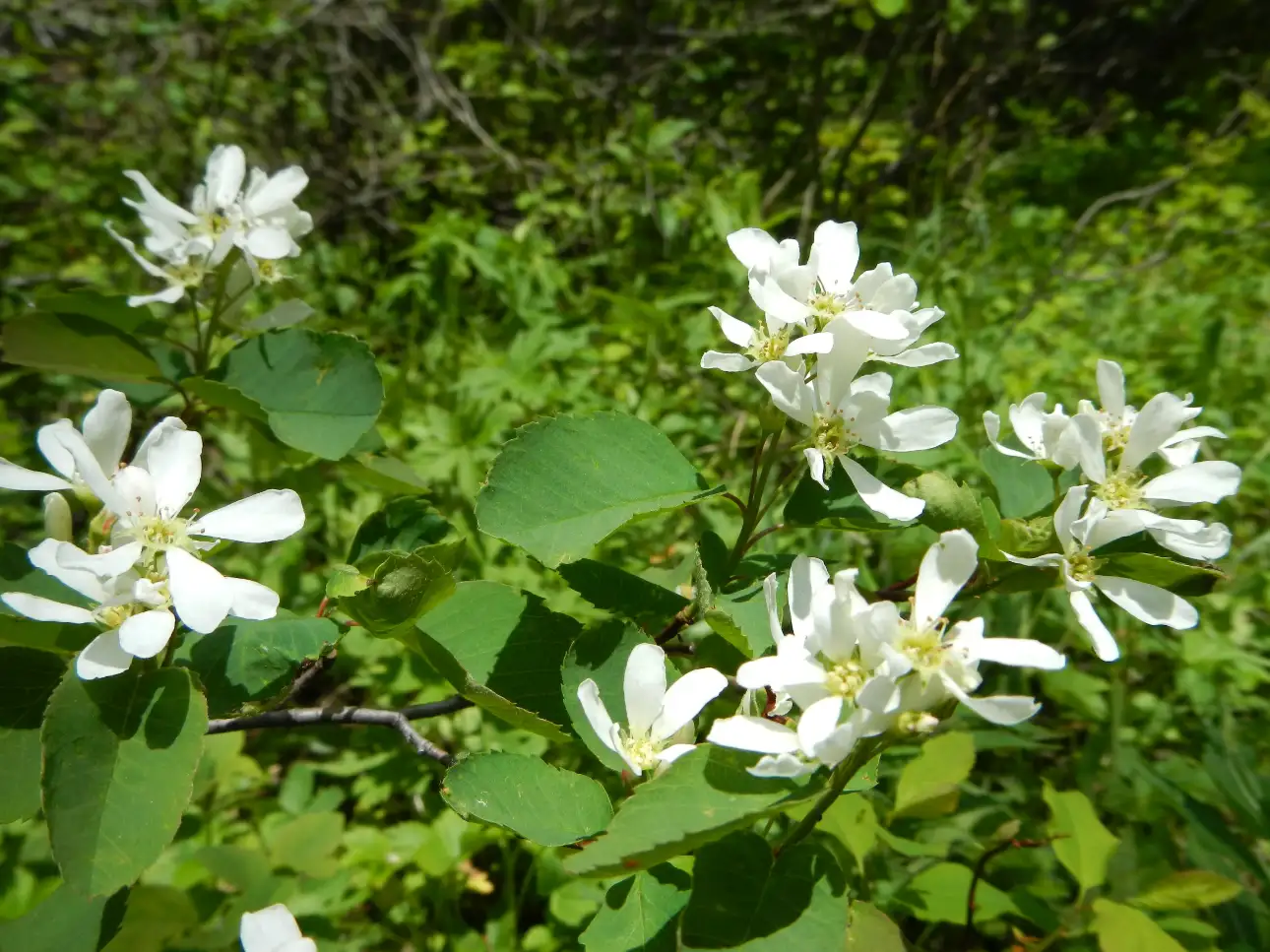
Serviceberry is a deciduous shrub or small tree that produces edible berries. It is well-adapted to the Okanagan’s climate and is relatively low-maintenance.
Yarrow (Achillea millefolium)
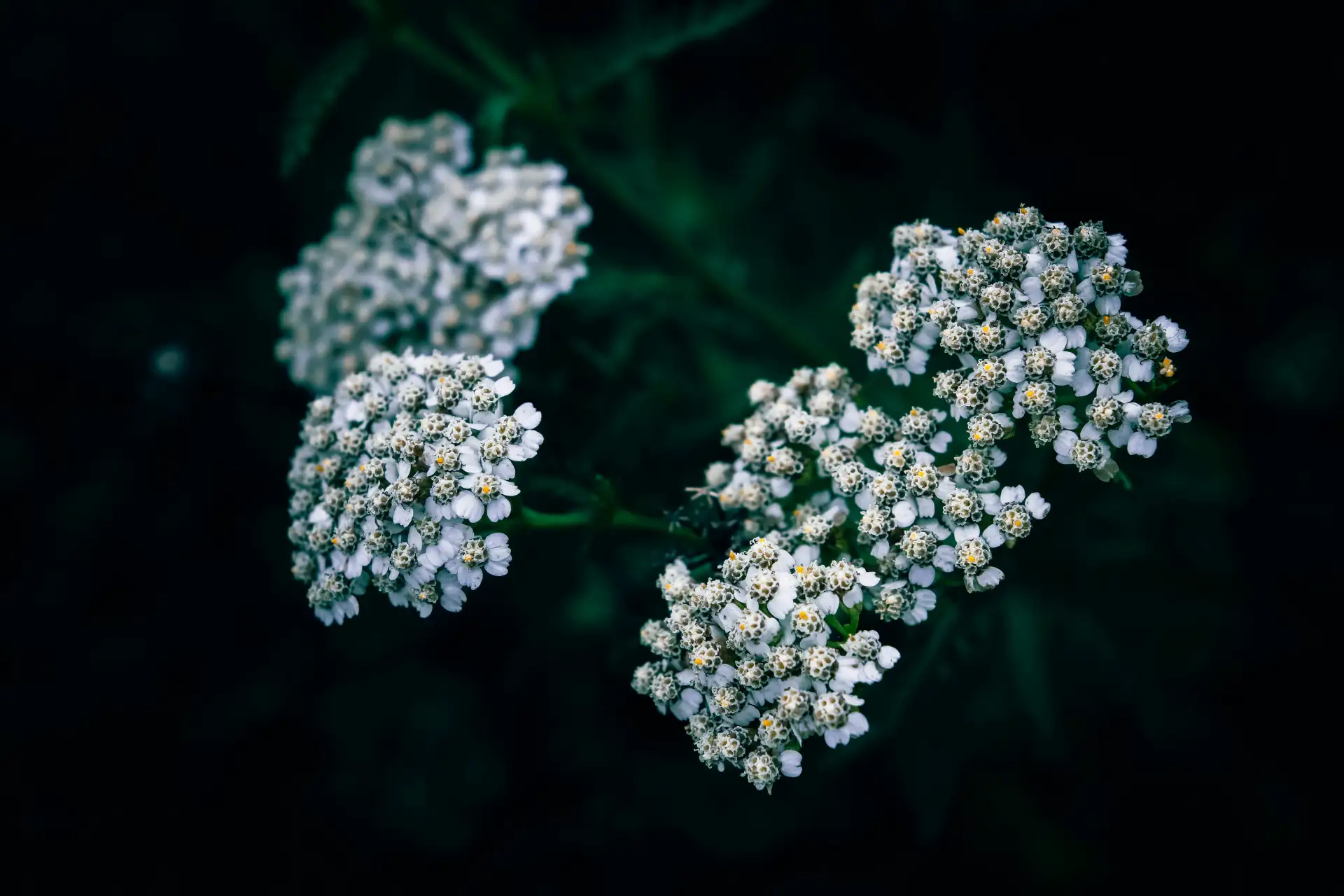
Yarrow is a hardy perennial with fern-like leaves and flat-topped clusters of flowers. It is drought-tolerant and attracts beneficial insects to the garden.
Oregon Grape (Mahonia aquifolium)
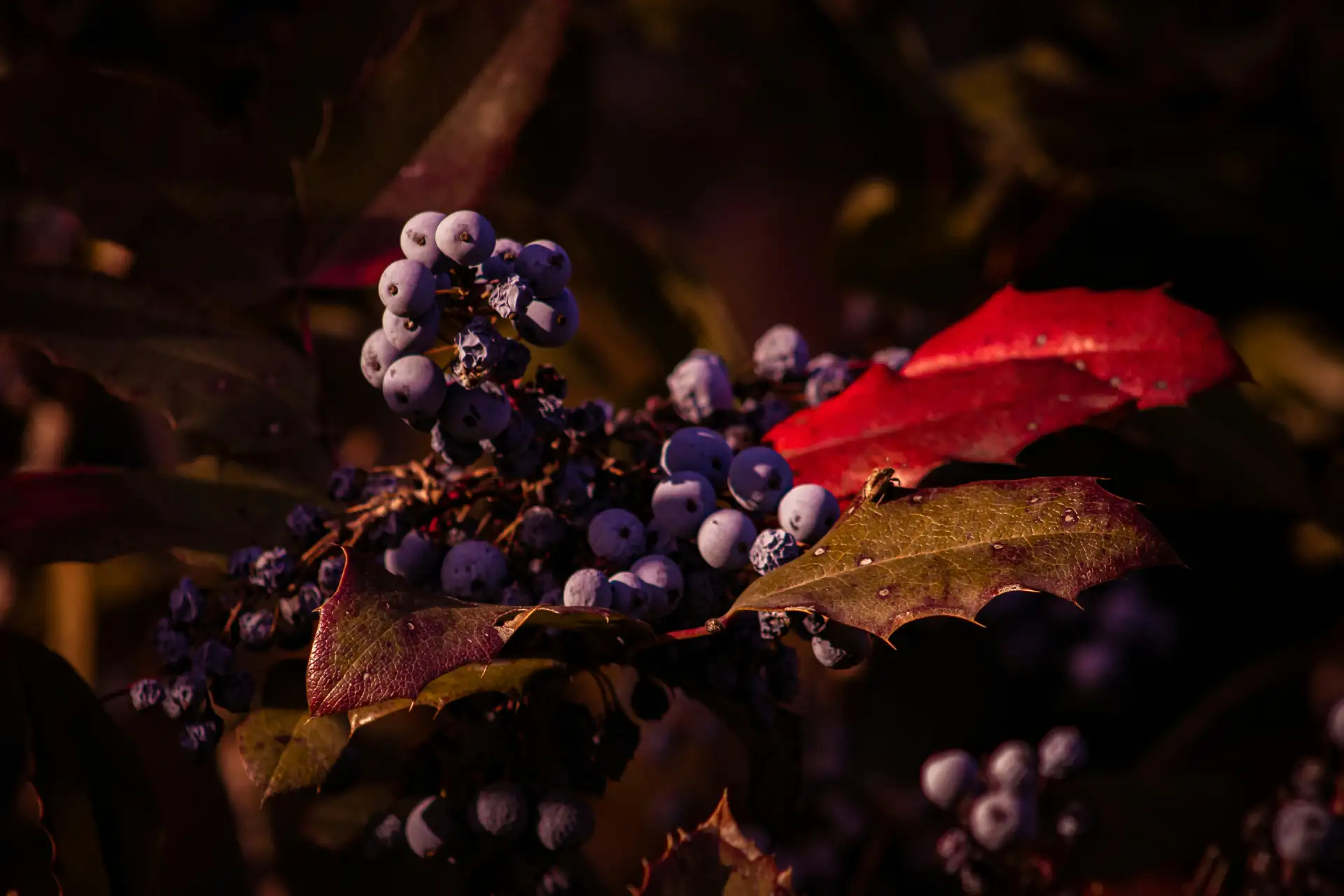
Oregon Grape is an evergreen shrub with holly-like leaves and clusters of yellow flowers. It is well-suited to the region and can tolerate dry conditions.
Snowberry (Symphoricarpos albus)
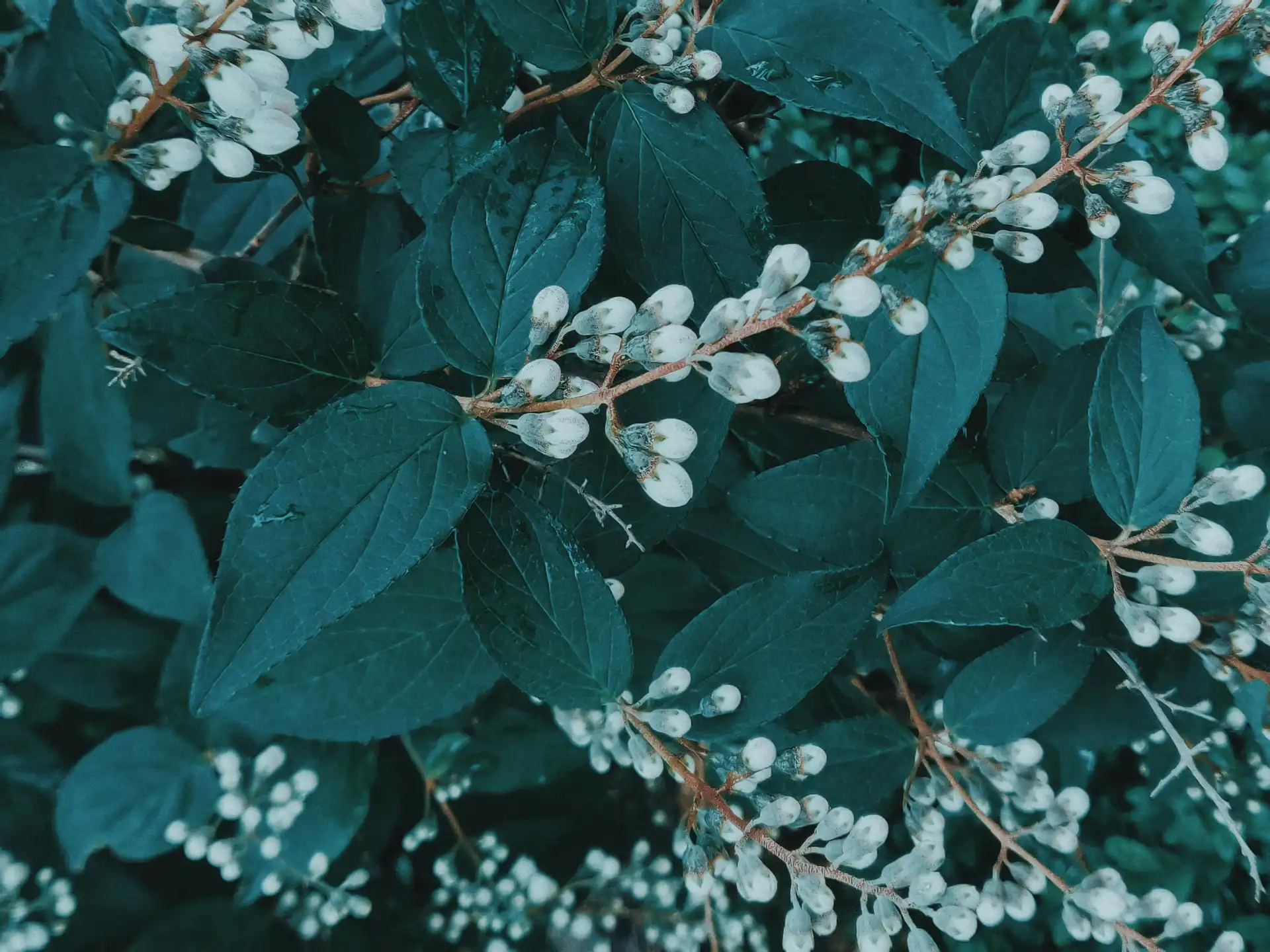
Snowberry is a deciduous shrub with white berries. It is drought-tolerant and provides good ground cover in a variety of soil types.
Bluebunch Wheatgrass (Pseudoroegneria spicata)
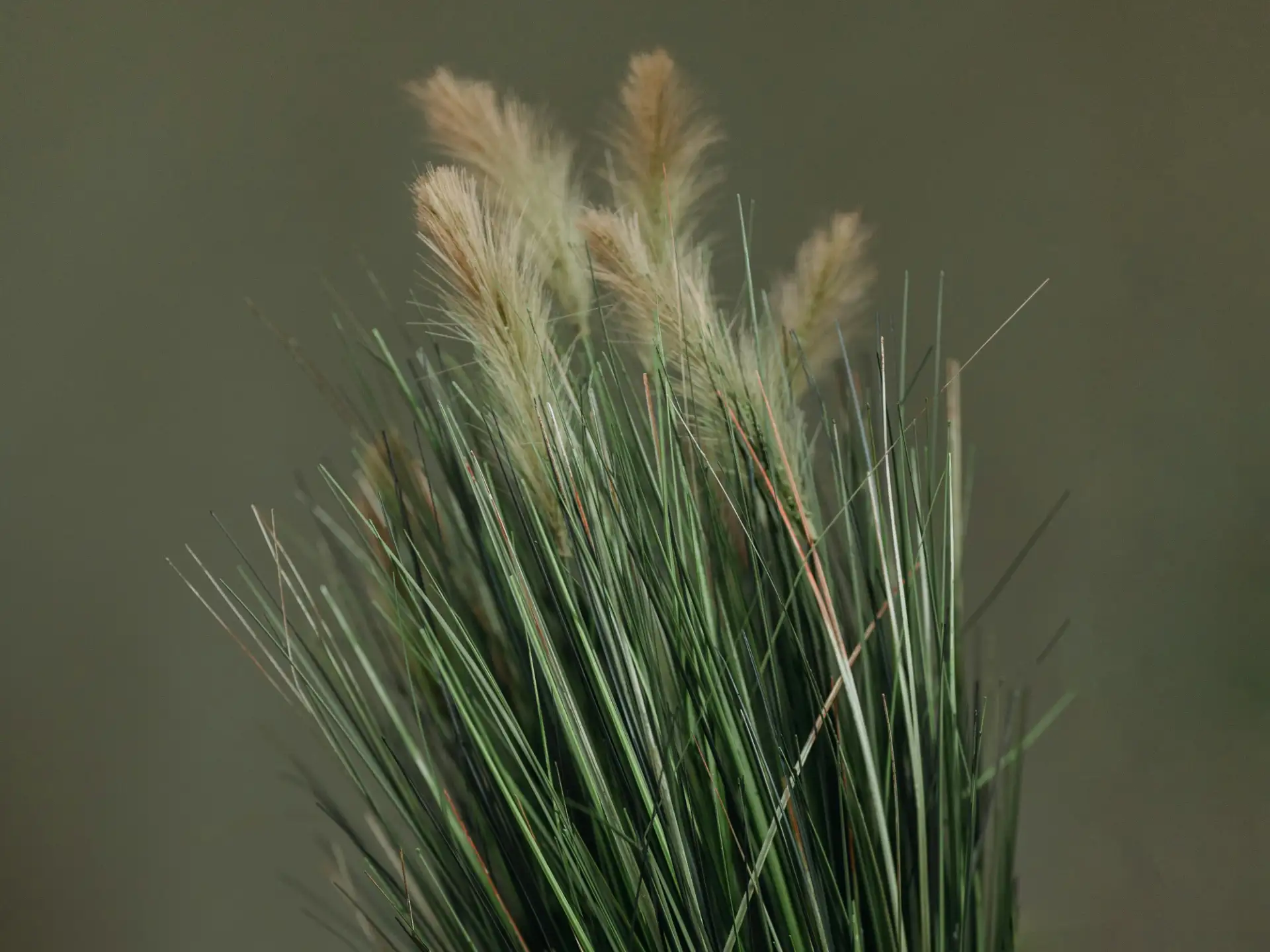
Bluebunch Wheatgrass is a native grass that is drought-resistant and provides excellent ground cover. It is also an important component of natural grassland ecosystems.
Ground Cover
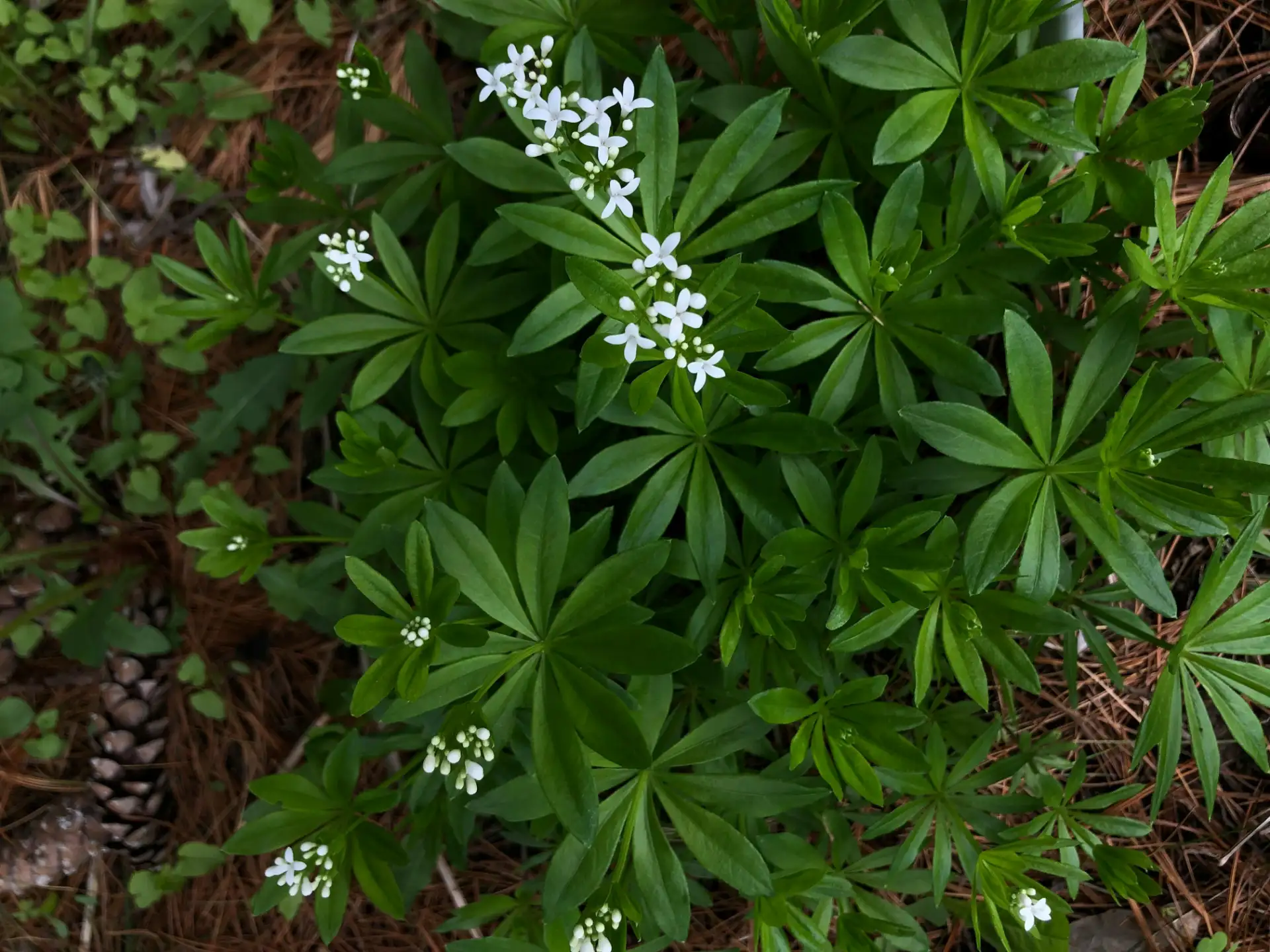
When choosing ground covers for a xeriscaped Okanagan garden that are beneficial for drought-resistance, it is important to select plants that can thrive in hot, dry conditions. One excellent option is thyme, which is a hardy perennial herb that requires minimal water once established and can handle full sun. Thyme also releases a fragrant aroma when stepped on, adding a sensory element to the garden. Another great choice is sedum, a succulent plant that stores water in its leaves and can withstand periods of drought. Sedum comes in a variety of colors and textures, making it a versatile and visually appealing ground cover option for a xeriscape garden. A beautiful delicate blooming ground cover that thrives in shade is sweet woodruff, pictured above.
Both thyme and sedum are low-maintenance plants that are well-suited for xeriscaping in the Okanagan region. By incorporating these drought-resistant ground covers into your garden design, you can create a beautiful and sustainable landscape that requires minimal water and upkeep. Additionally, these plants can help to suppress weeds, conserve soil moisture, and reduce erosion, making them an excellent choice for a xeriscaped garden in the Okanagan Valley.
Rabbitbrush (Chrysothamnus spp.)
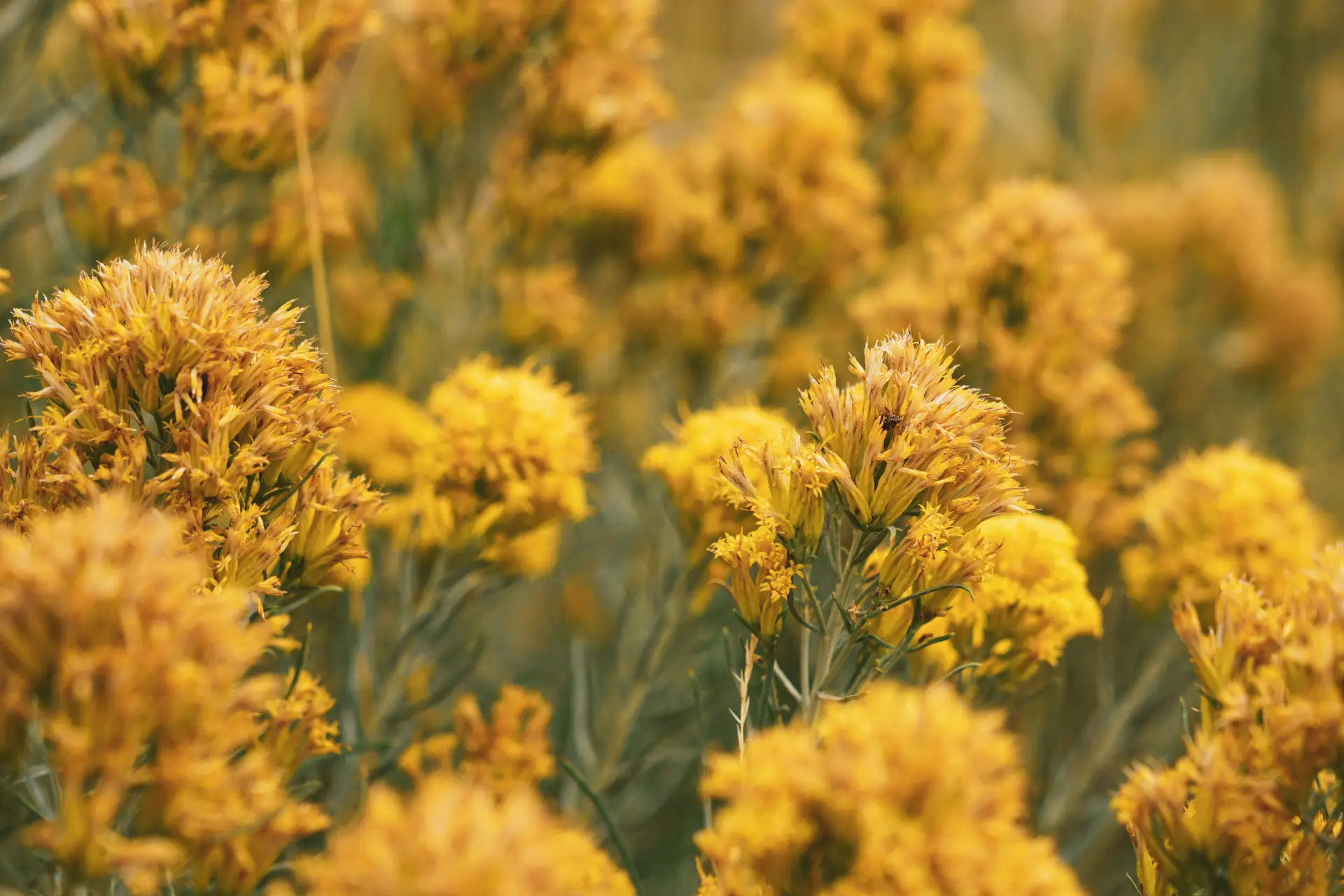
Rabbitbrush is a deciduous shrub with yellow flowers that is native to the region. It is drought-tolerant and can add color to your landscape while being fire-resistant.
Big Sagebrush (Artemisia tridentata vaseyana)
Similar to common sagebrush, big sagebrush is a drought-tolerant shrub with silvery-gray foliage. It is well-adapted to the dry conditions of the Okanagan.
Douglas Fir (Pseudotsuga menziesii)

Douglas Fir is a native coniferous tree that is well-suited to the region. It is fire-resistant and can be a valuable addition to a xeriscape landscape.
When planning your xeriscape, consider the specific conditions of your site, such as soil type, sun exposure, and elevation, to ensure the selected plants thrive in your location. Additionally, consulting with local gardening or conservation organizations can provide valuable insights into the best native plants for your specific area in the Okanagan.
Contact Rocco today to learn more about how these drought-tolerant plants can elevate your outdoor space!
